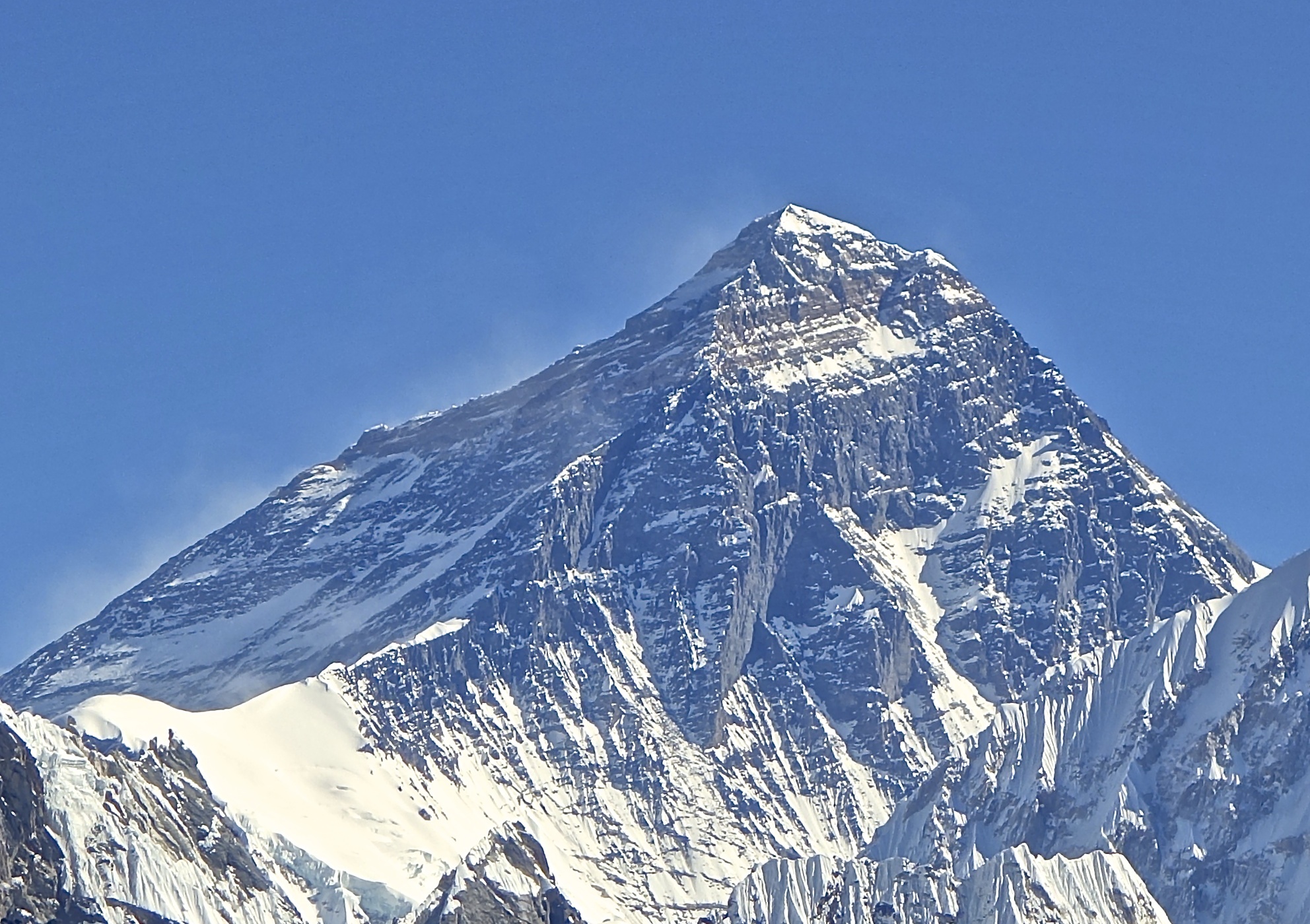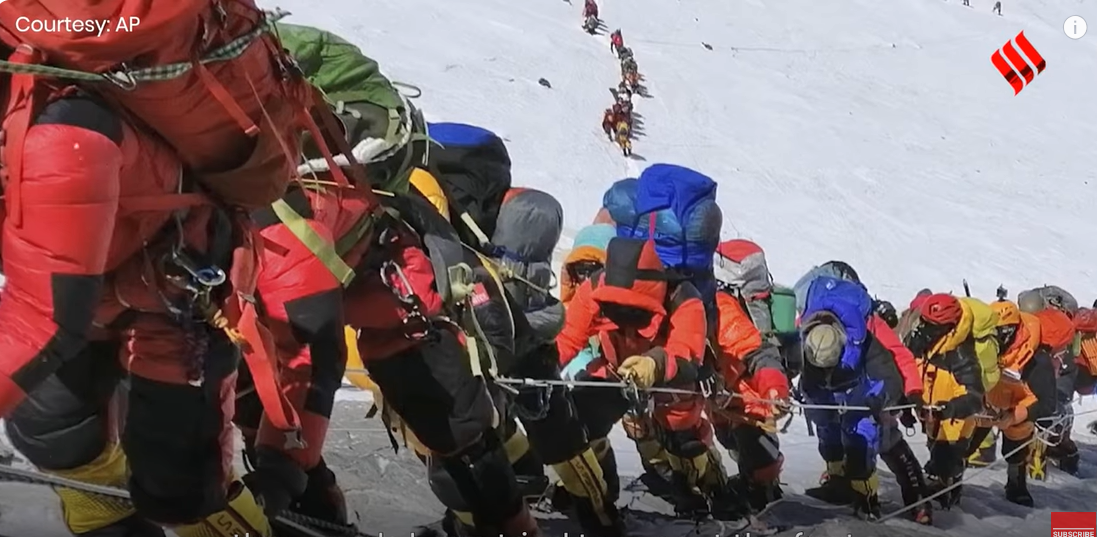Mount Everest, the majestic peak that used to be the symbol of a rare and virtually unachievable aspiration, has become a highway congested with trekkers and littered with garbage.
Today the peak that had captivated the imagination of adventurers for generations is facing a less glamorous reality. The influx of climbers and tourists has left a mark on this natural wonder, not in the form of footprints but as a growing accumulation of waste.
The Nepal government-funded team of soldiers and Sherpas assigned to clean up and retrieve dead bodies that emerge as ice melts, removed 11 tons (24,000 pounds) of garbage, four dead bodies and a skeleton from Everest during this year’s climbing season.
Ang Babu Sherpa, who led the team of Sherpas, estimates that there could be as much as 40-50 tons (88,000-110,000 pounds) of garbage still at South Col, the last camp before climbers make their attempt on the summit.

“The garbage left there was mostly old tents, some food packaging and gas cartridges, oxygen bottles, tent packs, and ropes used for climbing and tying up tents,” he said, adding that the garbage is in layers and frozen at the 8,000-meter (26,400-foot) altitude where the South Col camp is located.
The environmental impact is compounded by climate change, which exacerbates the problem by melting glaciers and exposing waste that has been buried for years. Efforts to clean up the mountain are ongoing, with initiatives like the Sagarmatha Pollution Control Committee working to manage waste and preserve the beauty of the region.
However, as more and more climbers commit to summiting the fabled mountain, the challenge grows, as each one contributes to the problem, generating an average of 8 kilograms of trash during their expedition. Currently there exists a government requirement that climbers bring back their garbage or lose their deposits. This, along with an increased awareness and concern for environmental issues, has significantly reduced the amount of garbage left behind, but that was not the case in earlier decades, and most of the trash and debris being uncovered today was deposited by past expeditions.
Digging out the garbage is not easy; it is frozen inside ice and requires breaking the ice blocks. Ang Babu Sherpa says it took two days to dig out one body near the South Col which was frozen in a standing position deep in the ice.
When asked why climbers leave so much garbage behind, Sushil Khadga of the Agni Ventures agency replied, “At that high altitude, life is very difficult and oxygen is very low. So climbers and their helpers are more focused on saving themselves.”












